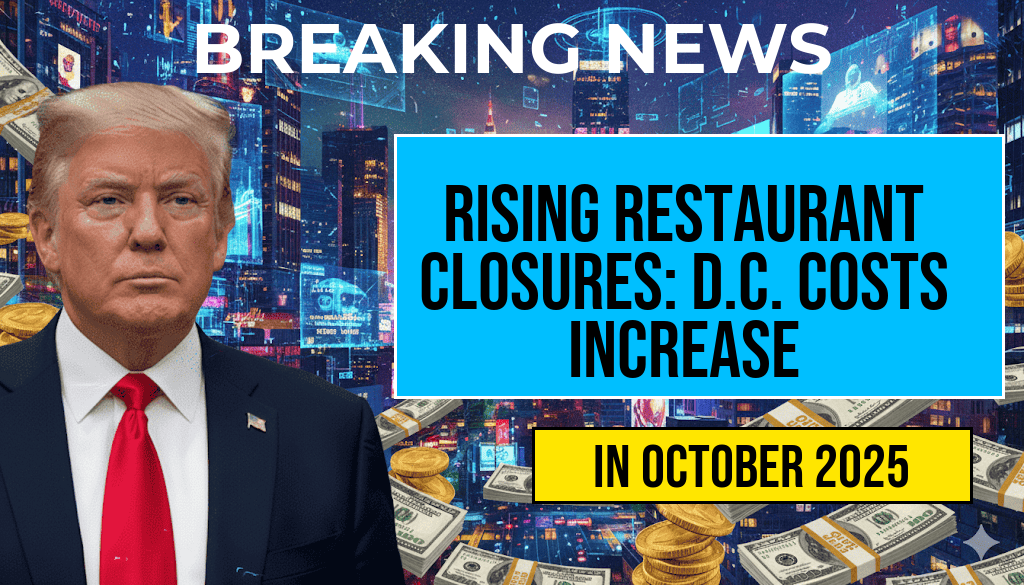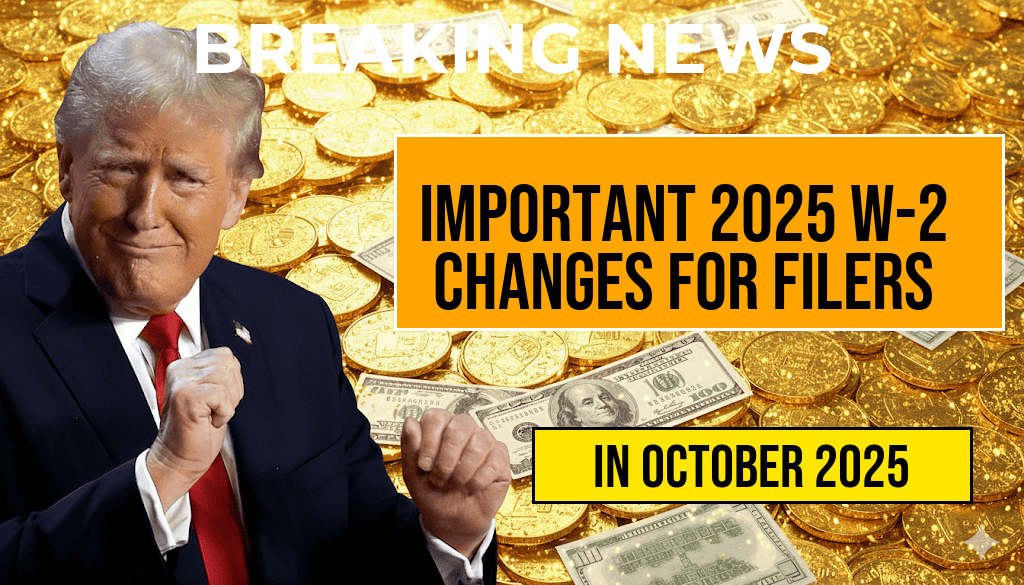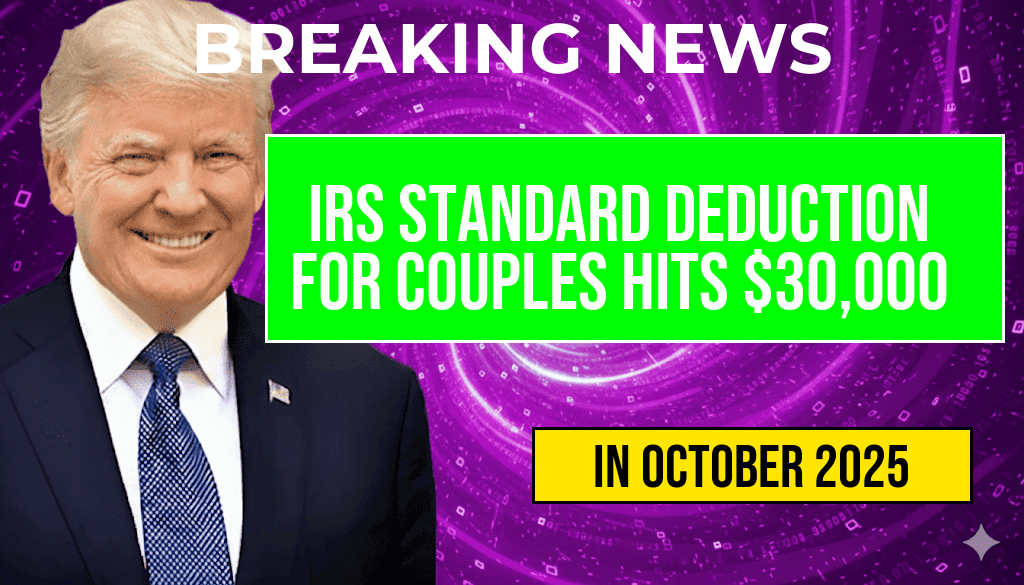As educators across the United States work tirelessly to shape the future, many are now facing unexpected financial burdens due to the limitations of the Public Service Loan Forgiveness (PSLF) program. Teachers who have diligently made their qualifying payments may discover that they still owe over $10,000 due to stringent eligibility criteria and recent changes in federal policy. With the potential for significant financial strain looming, it is crucial for teachers to monitor their 120 qualifying payments closely and understand the nuances of the PSLF program.
Understanding the PSLF Program
The Public Service Loan Forgiveness program was established to encourage individuals to pursue careers in public service by forgiving their remaining federal student loan balance after they have made 120 qualifying monthly payments under a qualifying repayment plan. This initiative has been particularly essential for teachers, who often graduate with significant student debt.
Recent Changes Impacting Teachers
In recent years, the PSLF program has experienced several changes that can affect eligibility. For instance, a waiver introduced in 2021 allowed borrowers to receive credit for previously ineligible payments. However, the waiver is set to expire soon, creating urgency among educators to confirm their payment status and ensure they receive the appropriate forgiveness.
Potential Costs for Teachers
Teachers who assume they are on track for forgiveness may be surprised to find that they still owe substantial amounts. Some educators report that they could face debts exceeding $10,000 due to miscalculations or incorrect information regarding their payment history. The following factors contribute to these unexpected costs:
- Ineligible Payments: Payments made while enrolled in non-qualifying repayment plans or during periods of deferment.
- Employment Verification: Failure to document qualifying employment can lead to disqualified payments.
- Loan Type: Only specific loan types, such as Direct Loans, are eligible for forgiveness under the PSLF program.
Monitoring Your Payments
Teachers are encouraged to actively manage their loan repayment status. The Department of Education provides a PSLF Help Tool that assists borrowers in determining their eligibility and tracking qualifying payments. Here are steps educators can take to ensure they are on the right path:
- Check Loan Type: Verify that your loans are eligible for PSLF.
- Document Employment: Ensure your employer completes the Employment Certification Form annually or whenever you change jobs.
- Review Payments: Regularly review your payment history to confirm that your payments are counted correctly.
Seeking Assistance
For those struggling with the intricacies of the PSLF program, there are resources available. Educators can seek assistance from organizations that specialize in student loan counseling. These professionals can provide valuable guidance on navigating the complexities of loan forgiveness, helping to alleviate some of the financial burden that teachers may face.
Financial Planning for Educators
To mitigate the challenges associated with student debt, teachers are encouraged to engage in proactive financial planning. This may include:
- Budgeting: Create a budget that accounts for loan payments and living expenses.
- Loan Consolidation: Consider consolidating loans to simplify payments, but be aware of potential impacts on PSLF eligibility.
- Seeking Scholarships: Look for scholarship opportunities that can help offset future tuition costs.
Conclusion
As teachers navigate the complexities of the PSLF program, vigilance is key. By understanding the requirements, monitoring payments, and seeking assistance when needed, educators can better position themselves for financial relief. With the right tools and information, they can continue their invaluable work in education without the looming threat of overwhelming student debt.
Frequently Asked Questions
What is the PSLF program?
The Public Service Loan Forgiveness (PSLF) program is designed to forgive federal student loans for borrowers who work in qualifying public service jobs after making 120 qualifying monthly payments.
Why might teachers face over $10,000 in costs?
Due to recent limits and eligibility requirements within the PSLF program, many teachers may find that they have not made the necessary qualifying payments, potentially leading to unexpected costs exceeding $10,000.
How can teachers monitor their 120 payments?
Teachers can monitor their 120 payments by regularly checking their loan servicer account, ensuring they are enrolled in the PSLF program, and keeping detailed records of their payment history.
What should teachers do if they are unsure about their PSLF status?
If teachers are uncertain about their PSLF status, they should contact their loan servicer for clarification and review their payment history to confirm which payments qualify toward the 120 needed for forgiveness.
Are there any resources available for teachers regarding PSLF?
Yes, there are several resources available, including the Federal Student Aid website and various non-profit organizations that provide guidance on PSLF eligibility and help teachers navigate the application process.






